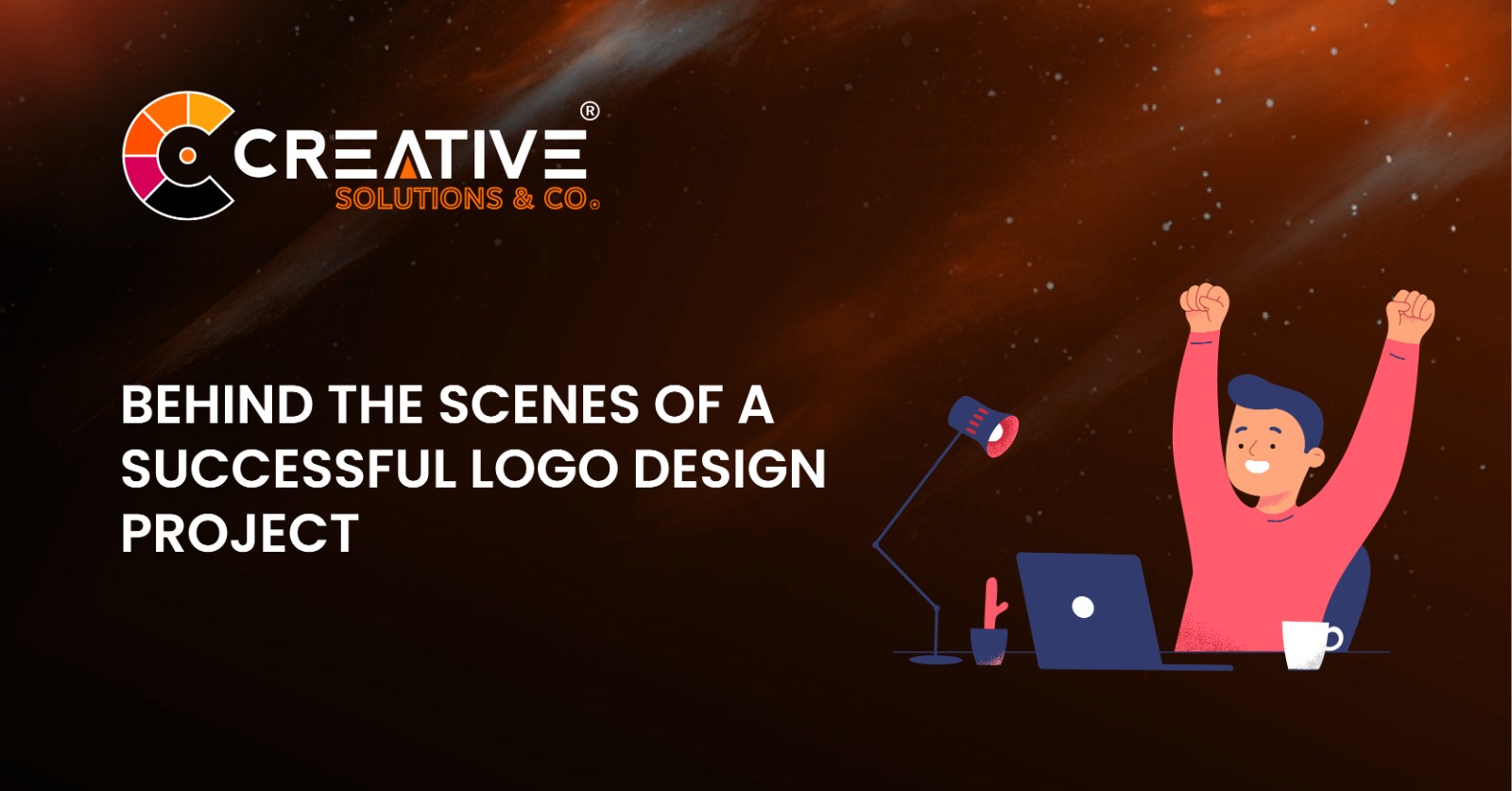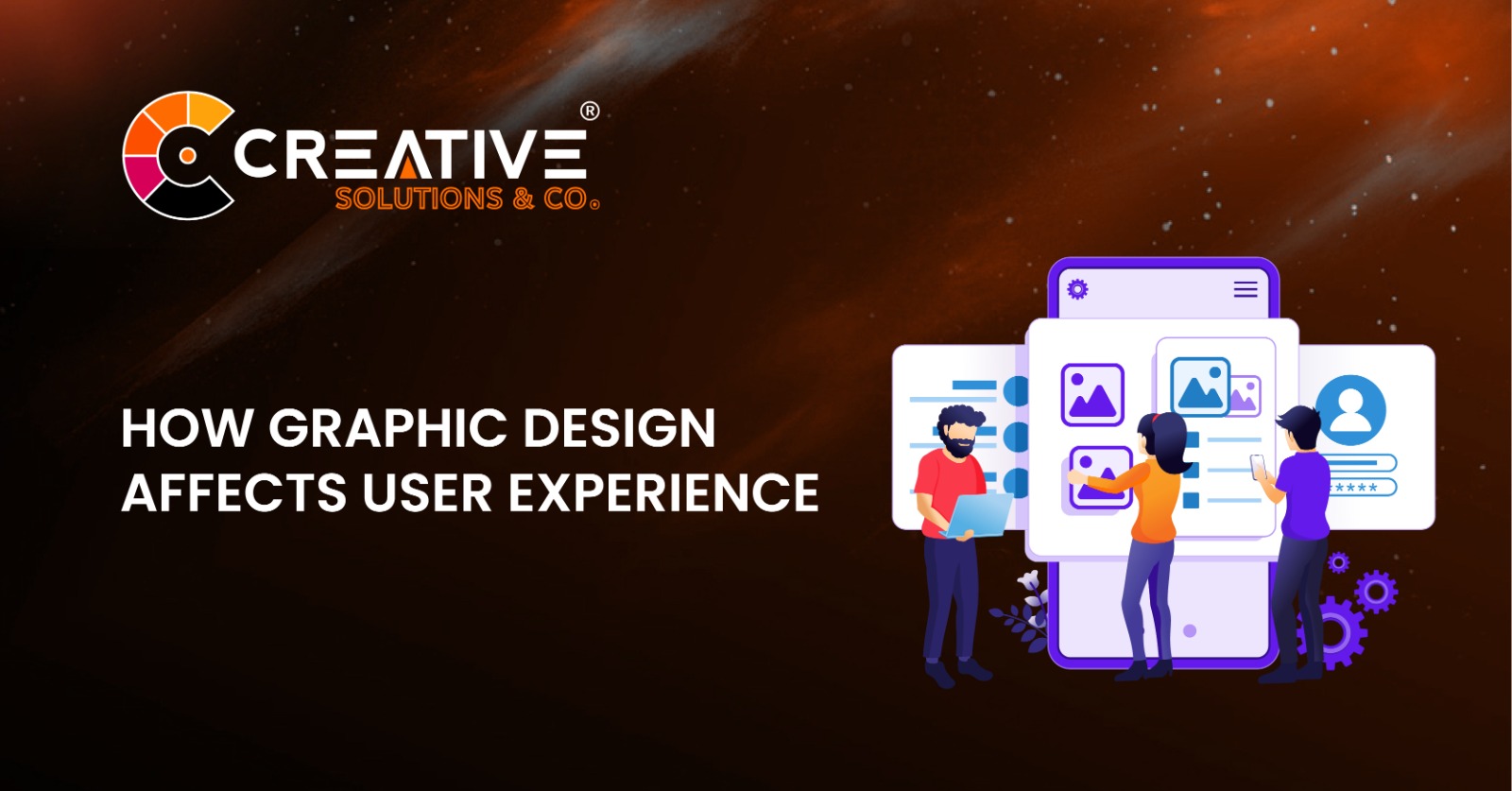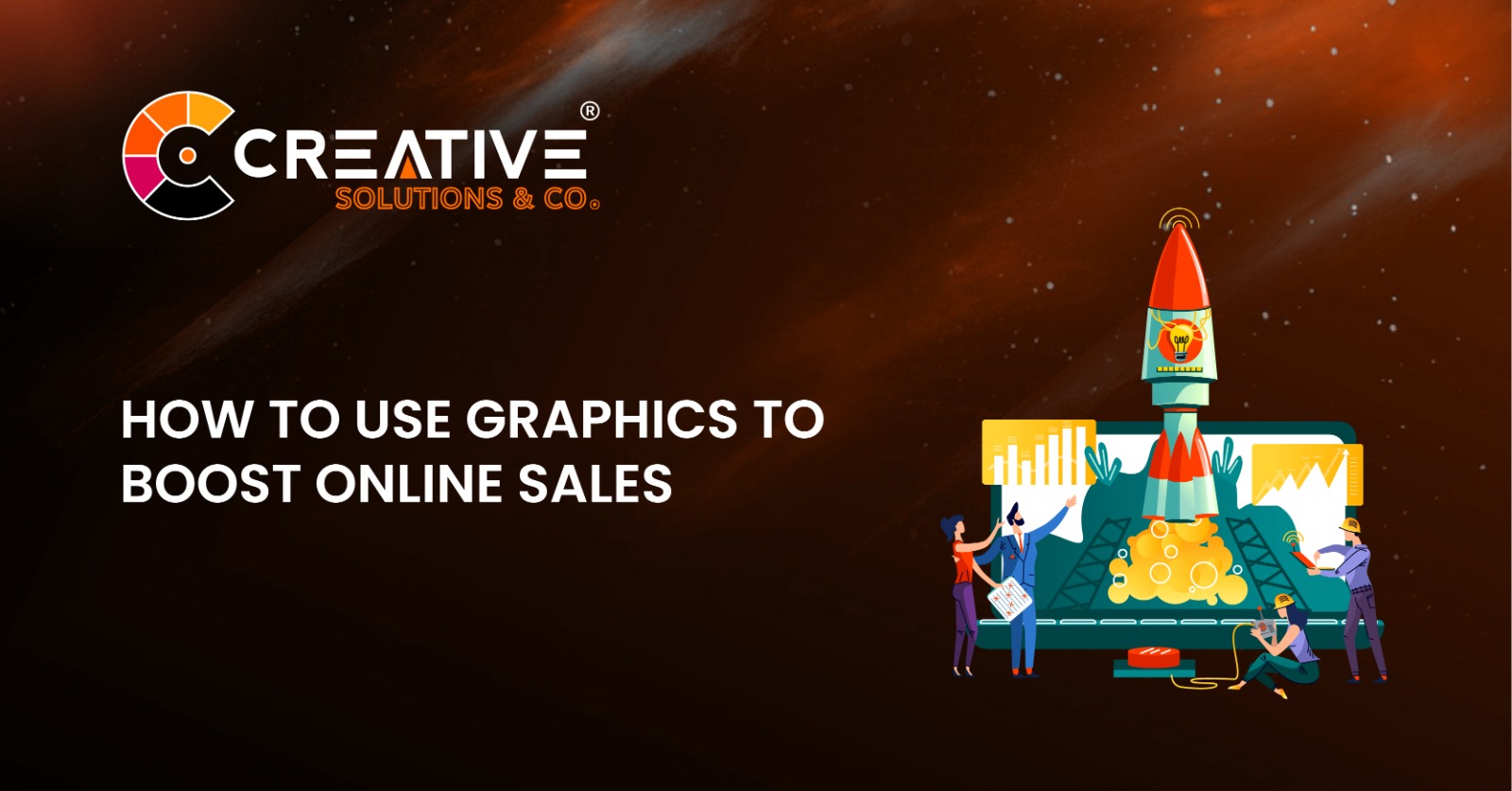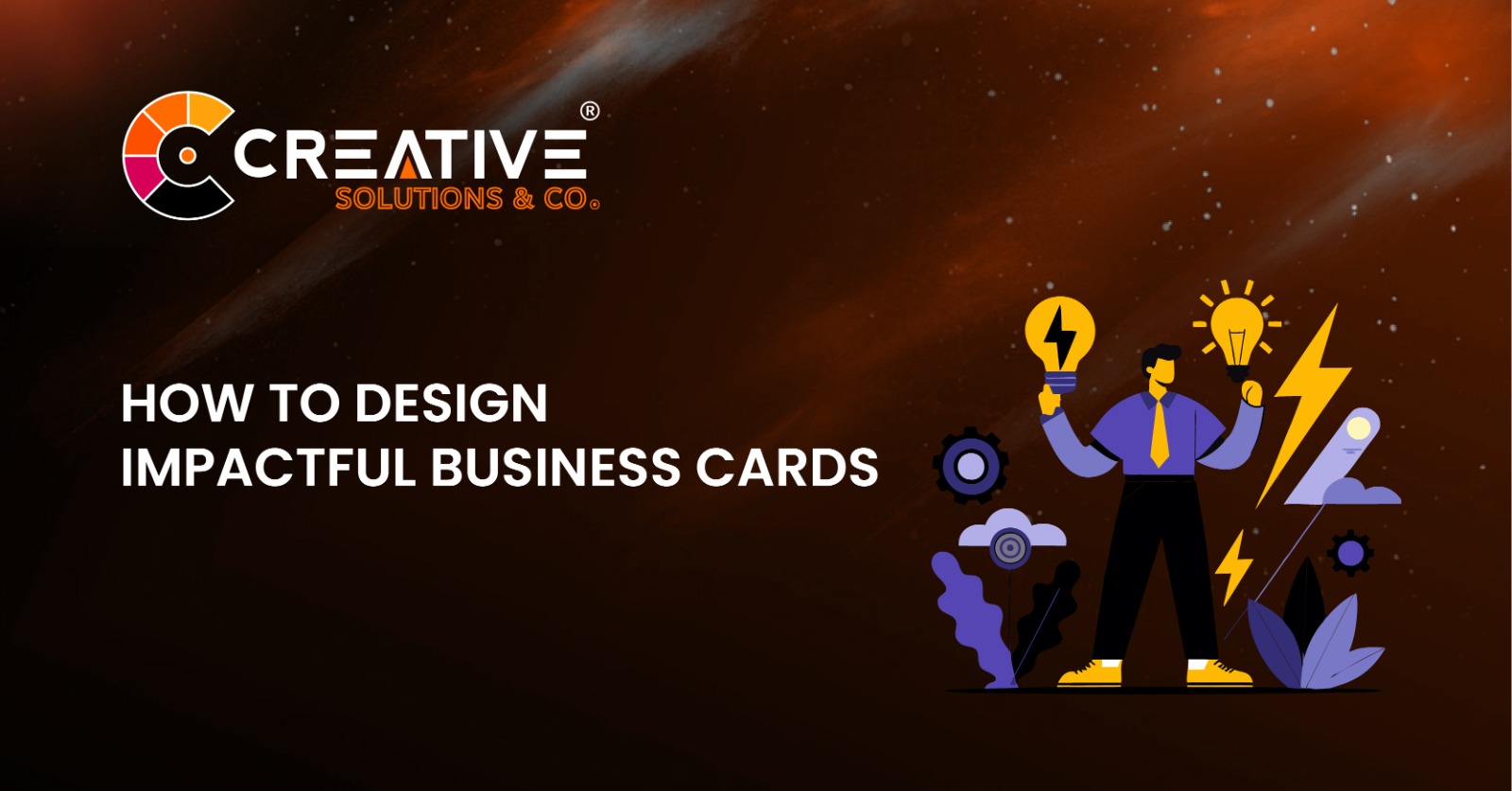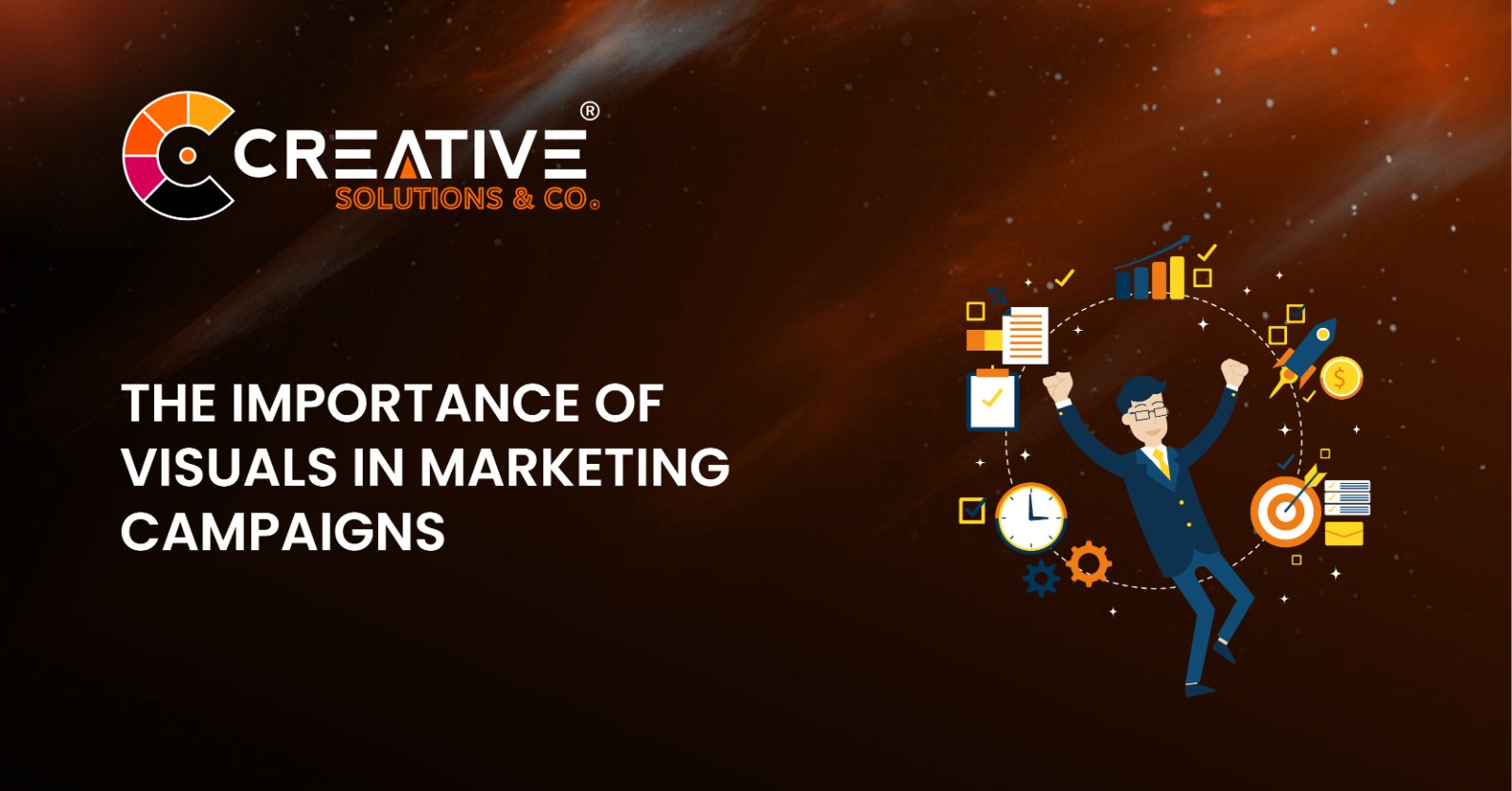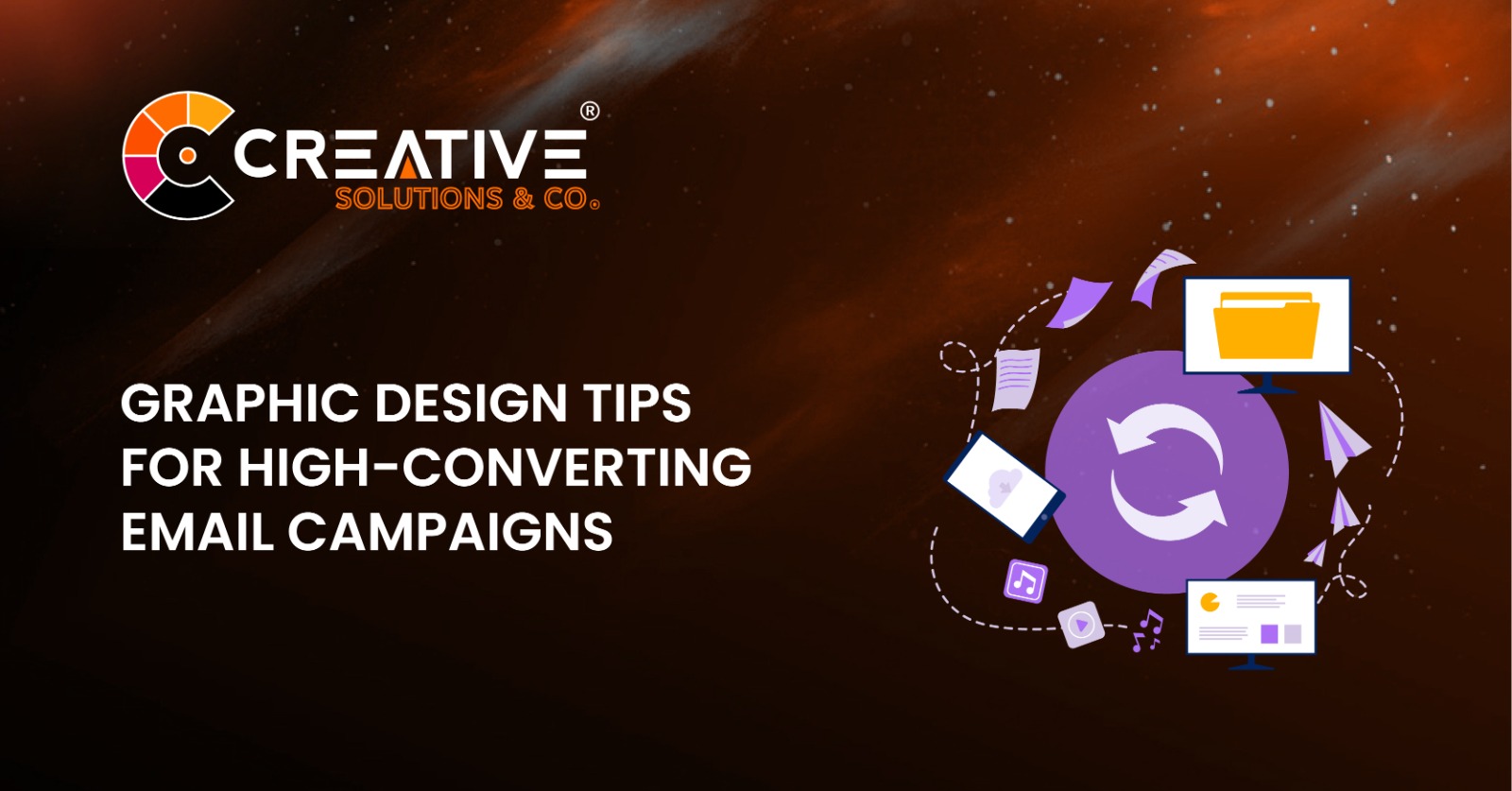When visitors land on your website, their decision to stay or leave often depends on what they see. That’s where graphic design comes in. It’s not just about making your site look pretty; it’s about creating a user-friendly and visually appealing space that encourages engagement. Want to know how to use graphic design to reduce bounce rates and keep your audience hooked? In this guide, we’ll explore the strategies and techniques to make your website more inviting, functional, and effective. Let’s dive in and transform your website into a place your visitors won’t want to leave.
Table of Contents For How to Use Graphic Design to Reduce Bounce Rates
| Sr# | Headings |
|---|---|
| 1 | Introduction to Bounce Rates |
| 2 | Why Does Graphic Design Matter? |
| 3 | The Psychology of Visual Appeal |
| 4 | Simplifying Navigation Through Design |
| 5 | Using White Space Effectively |
| 6 | How Typography Impacts User Experience |
| 7 | The Role of Colors in Retaining Visitors |
| 8 | Designing Mobile-Friendly Websites |
| 9 | The Power of Visual Hierarchy |
| 10 | Engaging Users with Custom Illustrations |
| 11 | Optimizing Images for Faster Load Times |
| 12 | Creating Consistent Branding |
| 13 | Interactive Design for User Engagement |
| 14 | Testing and Iterating Your Designs |
| 15 | Conclusion |
Introduction of How to Use Graphic Design to Reduce Bounce Rates
A bounce rate refers to the percentage of visitors who leave a webpage without interacting with it further. High bounce rates can be detrimental to your business, reducing conversions and hurting your SEO rankings. The good news? You can tackle this challenge with effective graphic design.
Why Does Graphic Design Matter?
Imagine walking into a beautifully designed store. The layout invites you to browse, the colors are warm and welcoming, and everything feels just right. That’s exactly what good graphic design does for your website. It creates a space that makes visitors want to stay and explore.
The Psychology of Visual Appeal
Did you know that people form an impression of a website in just 50 milliseconds? First impressions matter, and they’re almost entirely visual. Use design elements like appealing layouts, cohesive colors, and striking visuals to grab attention instantly.
Simplifying Navigation Through Design
Visitors won’t stick around if they can’t find what they’re looking for. Simplified navigation, such as clear menus, intuitive buttons, and a logical structure, ensures users can quickly locate what they need. Think of it like a well-marked trail in a park—it’s easy to follow, and you don’t feel lost.
Using White Space Effectively
White space, or negative space, isn’t wasted space. It gives content room to breathe, making it easier for users to focus on what matters. Overcrowded designs can overwhelm visitors, but strategic use of white space ensures your message is clear and engaging.
How Typography Impacts User Experience
Fonts aren’t just about style—they’re about usability too. Choose readable typography that aligns with your brand’s tone. For example, a tech site might benefit from sleek, modern fonts, while a children’s brand could use playful and colorful typography.
The Role of Colors in Retaining Visitors
Colors evoke emotions and set the mood for your website. Blue often conveys trust and reliability, while yellow brings energy and optimism. Use a color palette that aligns with your brand’s personality and encourages users to stay longer.
Designing Mobile-Friendly Websites
With over half of all web traffic coming from mobile devices, responsive design isn’t optional—it’s essential. A mobile-friendly layout adapts seamlessly to different screen sizes, ensuring users have a smooth experience no matter the device.
The Power of Visual Hierarchy
Guide your visitors’ eyes using visual hierarchy. Emphasize key elements like headlines, CTAs (calls to action), and images through size, placement, and contrast. This keeps users engaged and focused on the most important parts of your content.
Engaging Users with Custom Illustrations
Stock images can feel impersonal and generic. Custom illustrations and graphics add a unique touch, making your website more memorable. They’re like personalized invitations, welcoming users into your digital space.
Optimizing Images for Faster Load Times
No one likes a slow website. Optimize images by compressing them and using the right formats. Faster load times improve user experience and reduce bounce rates by keeping visitors from clicking away.
Creating Consistent Branding
Consistency builds trust. Use the same colors, fonts, and design elements across all pages to create a cohesive brand experience. A consistent look and feel make your website appear professional and reliable.
Interactive Design for User Engagement
Interactive elements like hover effects, sliders, and clickable icons keep users engaged. These features encourage exploration, turning a passive visit into an active experience.
Testing and Iterating Your Designs
Design isn’t a one-and-done process. Use A/B testing to compare different layouts and identify what works best. Regularly updating and refining your design based on user behavior keeps your website fresh and effective.
Conclusion
Graphic design isn’t just about making your website look good—it’s about creating an experience that resonates with users. You can significantly reduce bounce rates and build a loyal audience by focusing on visual appeal, usability, and engagement.
FAQs About How to Use Graphic Design to Reduce Bounce Rates
1. What is a bounce rate?
A bounce rate is the percentage of website visitors who leave without interacting further with the site.
2. How does graphic design affect bounce rates?
Graphic design impacts bounce rates by improving usability, visual appeal, and overall user experience, encouraging visitors to stay longer.
3. What are the best colors to use on a website?
The best colors depend on your brand. For instance, blue conveys trust, while red grabs attention. Choose a palette that aligns with your goals.
4. Why is mobile-friendly design important?
The mobile-friendly design ensures that users on smartphones or tablets have a seamless experience, reducing frustration and bounce rates.
5. How often should I update my website’s design?
Regular updates, based on user feedback and A/B testing, keep your website fresh and effective. Aim for minor tweaks every few months and a major overhaul every few years.

